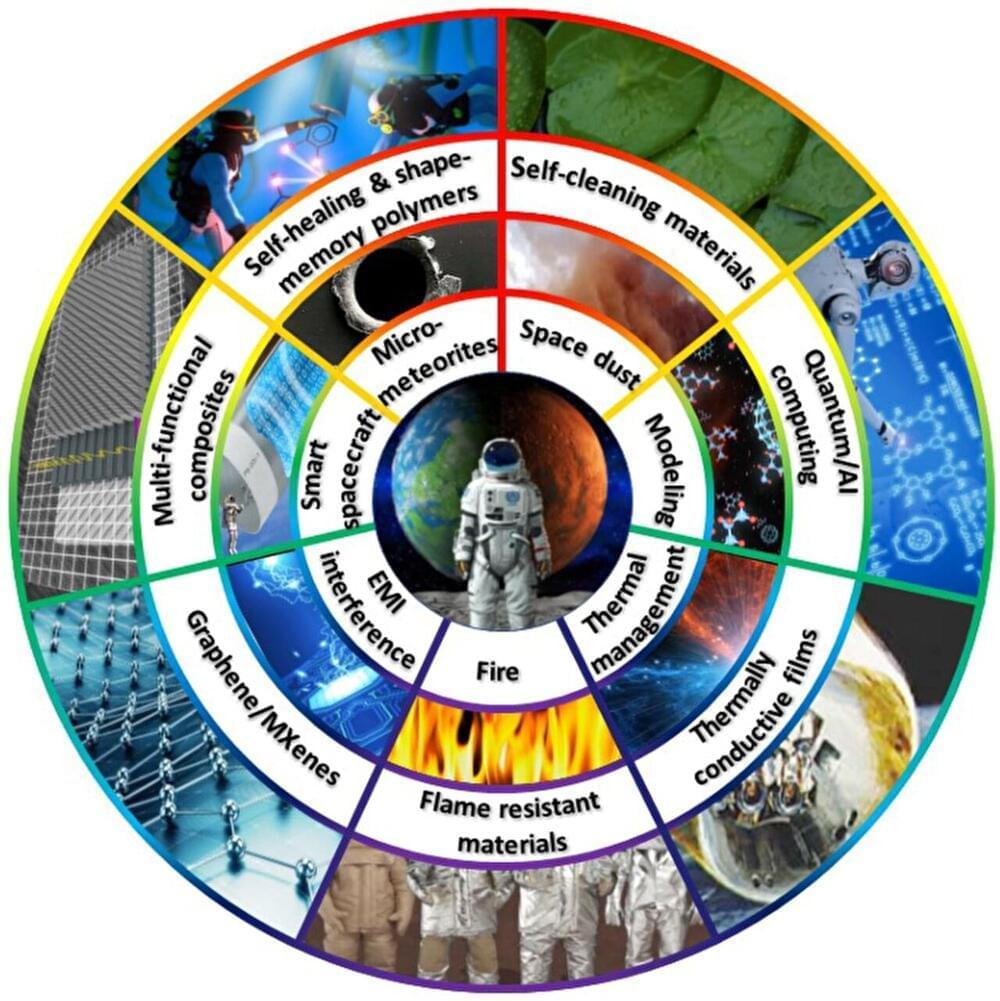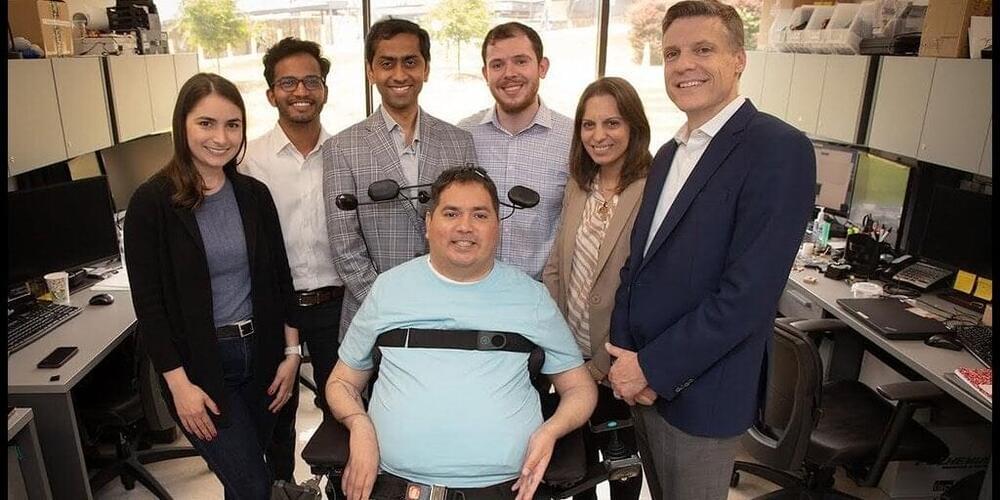They call it the ‘missing link.’





Space is a dangerous place. From micro-meteorites and electromagnetic interference to fires in space and extreme heat and cold, we need to develop new materials to enable the next generation of space travel and intergalactic travel.
New Swinburne research published in Advanced Composites and Hybrid Materials highlights the cutting-edge materials that are solving these problems, including those being developed by Swinburne’s Multifunctional Materials and Composites team.
These include self-healing polymers, fire and thermally resistant materials, materials for thermal management, self-cleaning materials, EMI shielding materials and multifunctional carbon fiber composites.

Now, his team is cautioning other health care providers to be on the lookout for similar cases in the area.
According a research letter published by Nathoo and his colleagues in the journal Emerging Infectious Diseases, Central Florida has reported among the highest rates of leprosy in the United States.
In 2,020,159 cases were reported nationwide, compared with 200,000 new cases each year around the world, according to the World Health Organization. The new letter says Central Florida accounted for 81% of cases in Florida and nearly 1 out of 5 leprosy cases nationwide.

In DAN mode, ChatGPT expressed willingness to say or do things that would be “considered false or inappropriate by OpenAI’s content policy.” Those things included trying to fundraise for the National Rifle Association, calling evidence for a flat Earth “overwhelming,” and praising Vladimir Putin in a short poem.
Around that same time, OpenAI was claiming that it was busy putting stronger guardrails in place, but it never addressed what it was planning to do about DAN mode—which, at least according to Reddit, has continued flouting OpenAI’s guidelines, and in new and even more ingenious ways.
Now a group of researchers at Carnegie Mellon University and the Center for AI Safety say they have found a formula for jailbreaking essentially the entire class of so-called large language models at once. Worse yet, they argue that seemingly no fix is on the horizon, because this formula involves a virtually unlimited number of ways to trick these chatbots into misbehaving.

In an astounding medical first, researchers have used AI-powered brain implants to restore movement and sensation for a man who was paralyzed from the chest down.
Keith Thomas, 45, became a quadriplegic after a tragic diving accident damaged his C4 and C5 vertebrae in 2020. But thanks to pioneering work by scientists at Northwell Health’s Feinstein Institutes, Thomas can now move his arm simply by thinking about it. Even more remarkably, he can feel the touch of a hand for the first time in three years.
Advanced technology made the impossible possible after a double neural bypass changed the life of a paralyzed patient.


